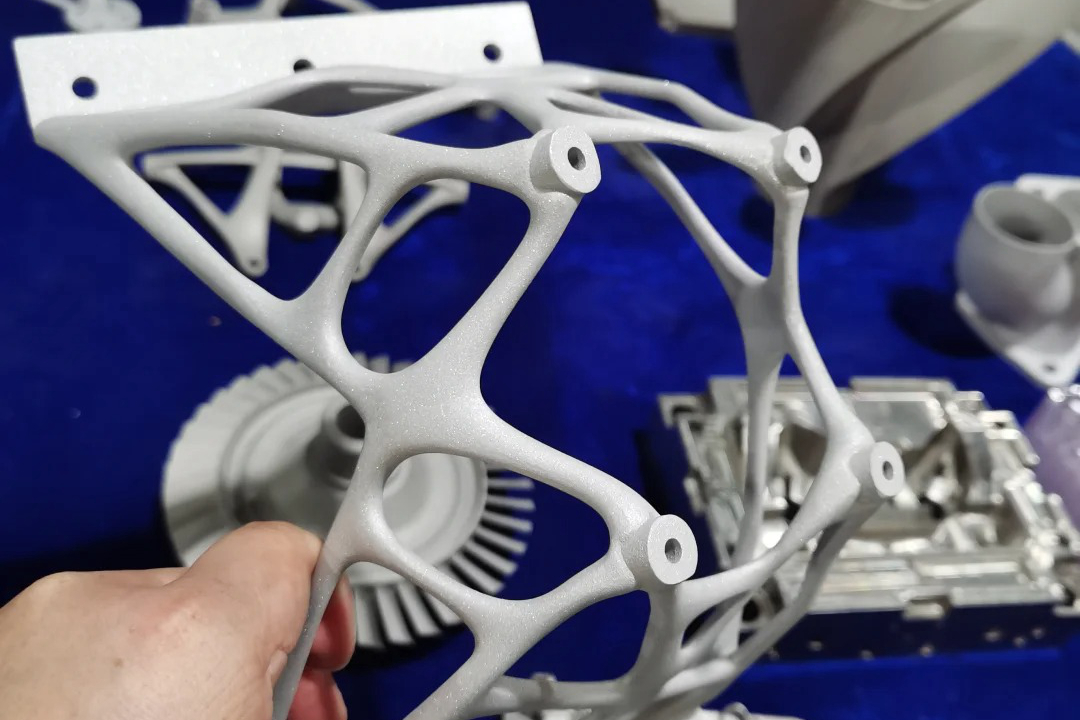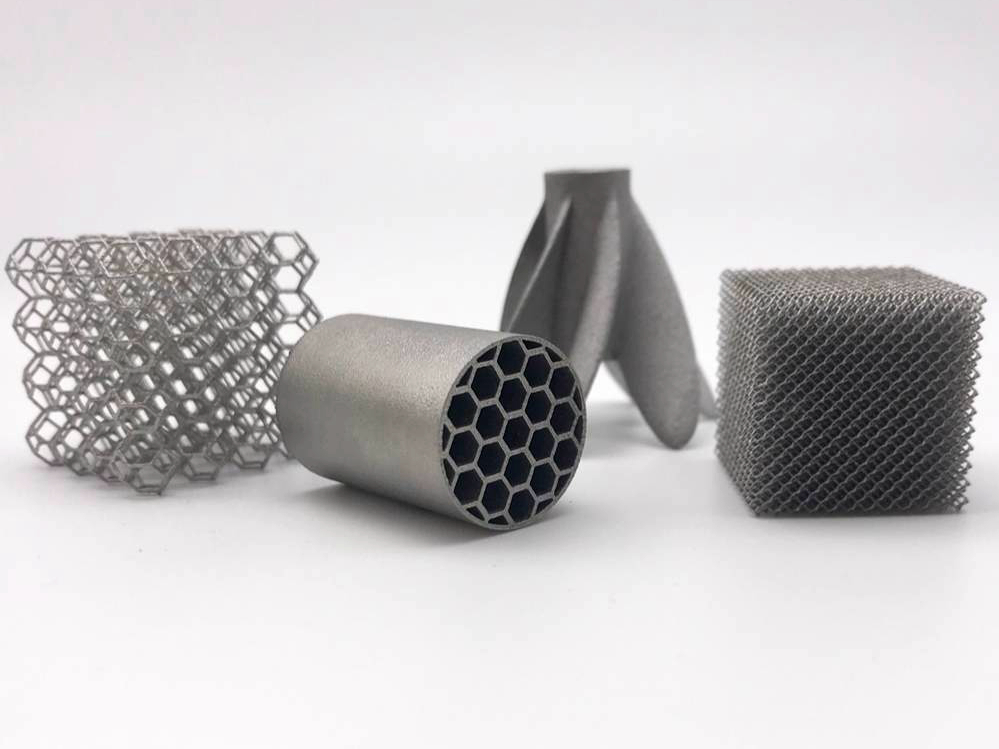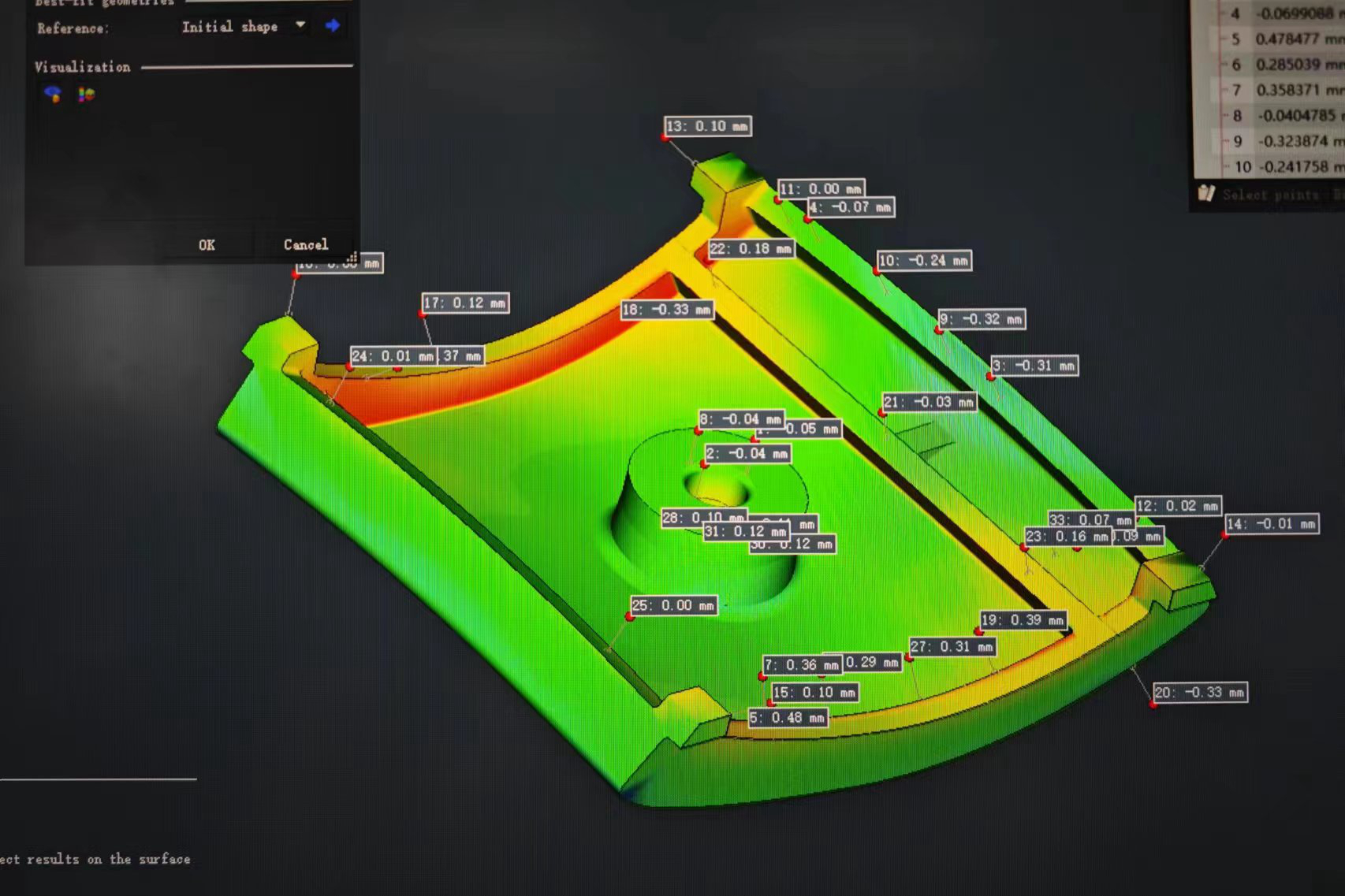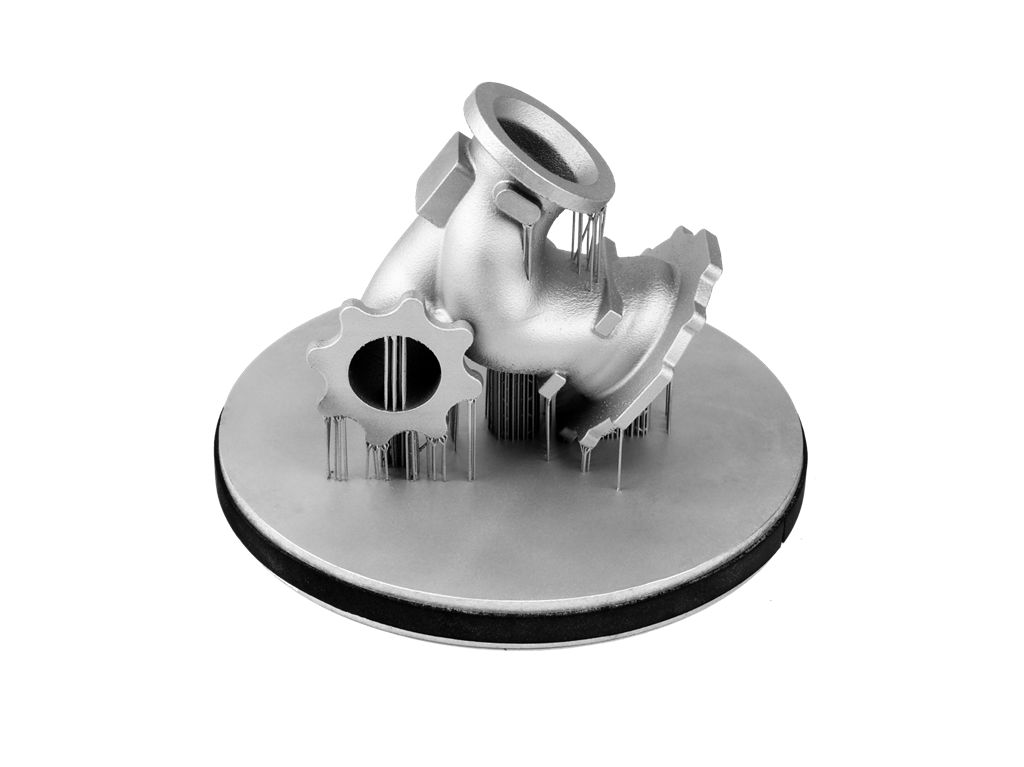What Are The 3D Printing Technologies Used for Stainless Steel Parts Additive Manufacturing?
 Stainless steel, known for its corrosion resistance, high strength, and versatility, is a key material for aerospace, medical, and automotive industries. 3D printing technologies allow for producing stainless steel parts with complex geometries, reduced material waste, and faster lead times. This blog reviews the main 3D printing technologies for stainless steel parts, focusing on materials, applications, and technology-specific benefits.
Stainless steel, known for its corrosion resistance, high strength, and versatility, is a key material for aerospace, medical, and automotive industries. 3D printing technologies allow for producing stainless steel parts with complex geometries, reduced material waste, and faster lead times. This blog reviews the main 3D printing technologies for stainless steel parts, focusing on materials, applications, and technology-specific benefits.
Direct Metal Laser Sintering (DMLS)
Direct Metal Laser Sintering (DMLS) uses a laser to melt and fuse stainless steel powder layer by layer, forming precise, high-density components.
Materials:
Stainless Steel 316L: Offers corrosion resistance (up to 16% chromium content) and tensile strength of 520 MPa, ideal for medical, chemical, and marine applications.
Stainless Steel 17-4 PH: A precipitation-hardening alloy with tensile strength up to 1,250 MPa, commonly used in aerospace and high-stress applications.
Stainless Steel 304: Known for its corrosion resistance (16–26% chromium), used in general-purpose applications requiring good formability.
Applications:
Aerospace: Used for turbine components, brackets, and engine parts.
Medical: Custom implants and surgical tools.
Automotive: Structural and engine components requiring high performance.
Benefits:
High Density: Achieves up to 99.9% density, ensuring mechanical integrity.
Complex Geometries: Can create intricate internal structures and lightweight designs.
Minimal Post-Processing: High precision reduces finishing requirements.
Selective Laser Melting (SLM)
Selective Laser Melting (SLM) uses a laser to fully melt stainless steel powder, ensuring a high-density, fully fused part.
Materials:
Stainless Steel 316L: Excellent resistance to chloride corrosion, tensile strength of 520 MPa, and ideal for aerospace and medical devices.
Stainless Steel 17-4 PH: Offers high strength (up to 1,250 MPa) and is commonly used in high-performance aerospace applications.
Applications:
Aerospace: Manufacturing of engine components, turbine blades, and other high-performance parts.
Medical: Customized implants and surgical tools for precise, patient-specific applications.
Automotive: Used for producing strong, lightweight components in demanding environments.
Benefits:
Full Density: Achieves parts with up to 100% density, providing superior strength.
Precision: High resolution (±0.1 mm tolerance) for intricate designs.
Customization: Enables production of bespoke, high-strength components for critical industries.
Electron Beam Melting (EBM)
Electron Beam Melting (EBM) uses an electron beam in a vacuum to melt stainless steel powder, producing fully dense parts with minimal porosity.
Materials:
Stainless Steel 316L: Provides excellent resistance to corrosion and high temperatures, ideal for medical implants and aerospace parts.
Stainless Steel 17-4 PH: Commonly used in aerospace and power generation due to its high strength and fatigue resistance.
Applications:
Aerospace: Production of high-strength parts like turbine blades and engine components.
Medical: Custom implants and surgical tools.
Energy: Components for turbines and reactors in the energy sector.
Benefits:
Minimal Porosity: Results in parts with excellent strength and durability.
High-Performance: Suitable for parts exposed to extreme conditions.
Cost-Efficient for Low-Volume Production: Ideal for small batches of complex, high-performance parts.
Binder Jetting for Stainless Steel Parts
Binder Jetting is a powder-based 3D printing technology with a liquid binder to fuse stainless steel powder into a part. After printing, the part is sintered to achieve full density.
Materials:
Stainless Steel 316L: Ideal for prototyping and casting patterns, providing moderate strength and corrosion resistance.
Stainless Steel 17-4 PH: Suitable for low-volume production and casting mold applications.
Applications:
Prototyping: Quickly produces stainless steel prototypes.
Casting Patterns: These are used to create molds for stainless steel casting and reduce material waste.
Benefits:
Cost-Effective: A low-cost solution for prototyping and low-volume production.
Speed: Fast production times, ideal for iterative design and small runs.
Material Efficiency: Reduced material waste due to the powder bed process.
Conclusion
The 3D printing technologies used for stainless steel parts, including DMLS, SLM, EBM, and Binder Jetting, offer distinct advantages for industries that require high-performance components. Whether producing durable aerospace parts from Stainless Steel 316L or custom medical implants with Stainless Steel 17-4 PH, these technologies enable manufacturers to create stainless steel components that meet rigorous performance standards. Choosing the right 3D printing technology ensures optimized production and high-quality results.
FAQs
Which 3D printing technology is best for stainless steel parts in aerospace applications?
What stainless steel materials are commonly used in Selective Laser Melting (SLM)?
How does Electron Beam Melting (EBM) benefit stainless steel parts for medical implants?
Can Binder Jetting produce stainless steel parts, and what are its advantages?
What is the role of stainless steel alloys in additive manufacturing for automotive components?



